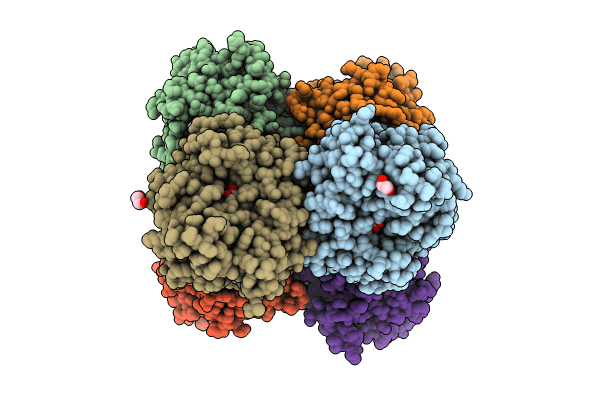
Deposition Date
2023-05-12
Release Date
2024-05-22
Last Version Date
2025-06-04
Entry Detail
PDB ID:
8P1S
Keywords:
Title:
Bifidobacterium asteroides alpha-L-fucosidase (TT1819) in complex with fucose.
Biological Source:
Source Organism:
Bifidobacterium asteroides (Taxon ID: 1684)
Host Organism:
Method Details:
Experimental Method:
Resolution:
1.90 Å
R-Value Free:
0.20
R-Value Work:
0.16
Space Group:
P 21 21 21


